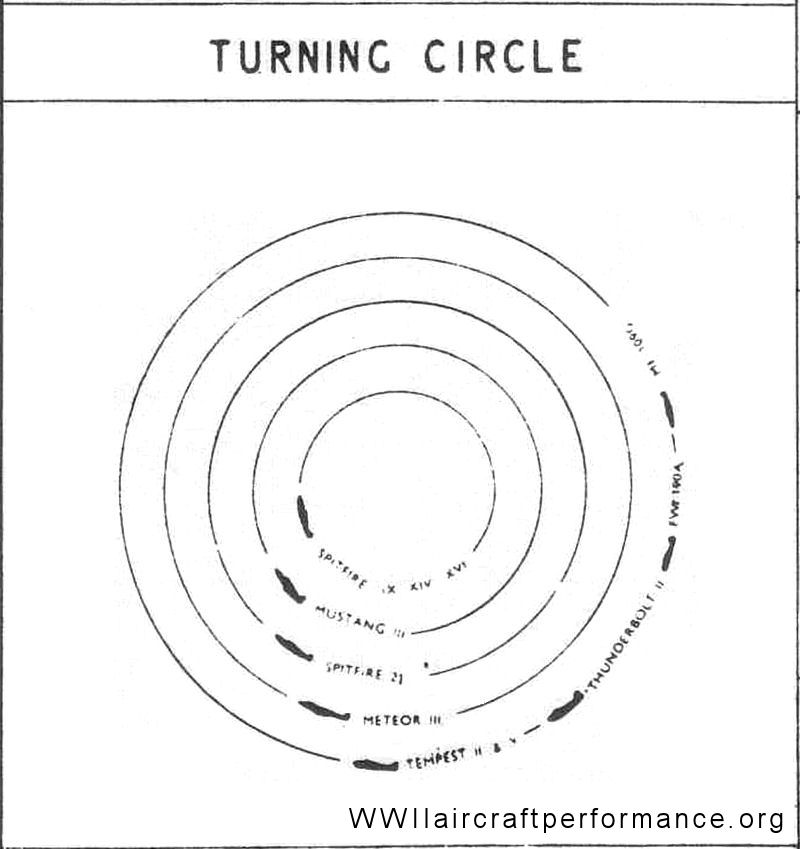Where did I say that? Let me simplify it for you. I said fighter pilots aren't always right. They make mistakes and let pride get in the way of their judgment just like everyone.
I am well aware of the kind of mock fighting that went on but you sound like you think everyone had a dueling ladder going in their spare time.
You should read some of the bordering-on-insane stuff Yeager and his fellows got up to when it came to maneuvering their aircraft in every possible way. Bob Johnson and his fellows got up to the same sort of thing, per "Thunderbolt". Hoover. Etc. These men knew anything they flew cold. And it doesn't a Yeager or a Hoover at the stick to notice that say, a P-47D couldn't generate quite as much G in a 200 mph turn as a P-51B.
Even more astounding, you still think pilot stories proves your argument in the face of undeniable proof that many pilots were so arrogant that they refused to accept FACTS from recent combat vets who knew better.
You are making a fatally flawed apples to oranges comparison with your example of Spits fighting Zeros. In that case, they were acting from a position of zero experience, or rather, a position lacking in Zero experience.

They had neither flown nor even fought against Zeros, they had no idea what they were up against. And in combat, they were proven fatally wrong.
Compare this to the relative strengths of the P-47 versus the P-51 as ascertained in WWII. In this case, we are talking about two airplanes on the Allied side that were
extensively tested by the Allies. Many men on the Allied side flew both, (as well as Spitfires) in testing, training, as well as combat. They did not have to guess about relative performance. Under these circumstances, they noted a lack of maneuverability on the Jug's part which made turn fights with the 109 a bad idea, unlike with the Spitfire, and devised tactics to compensate. Now when forces were given P-51s, they ascertained they could turn on a more even basis with the German aircraft, and they did. If somehow their impression, derived from flying BOTH, that the P-51 could turn better than the Jug was a hallucination, if in fact in turned *worse* than P-47, then this idea would have proved as fatally wrong as the Spitfire pilots' idea they could turn with the Zero on an even basis. But this is not what happened.
Finally, and yet again the fact you don't seem to want to accept is reputations are distorted by pride and arrogance. Reputations aren't facts.
What you don't seem to understand is that you are essentially arguing that the Allied side which produced Jugs and Mustangs by the thousands, extensively tested them, and had thousands of men fly both, that after all their direct experience with both airplanes, they somehow got an important aspect of their relative performance EXACTLY WRONG. But a simulator is getting it right. At least until the next FM update changes relative performance yet again, then the new in-game reality will be infallible and unquestionable

That is where the arrogance, if any, lies IMO.
If things like the following were wrong, then it means that many men who evaluated planes for the Allies in WWII were criminally incompetent at their jobs and potentially caused the deaths of any number of airmen through flawed tactical advice:
